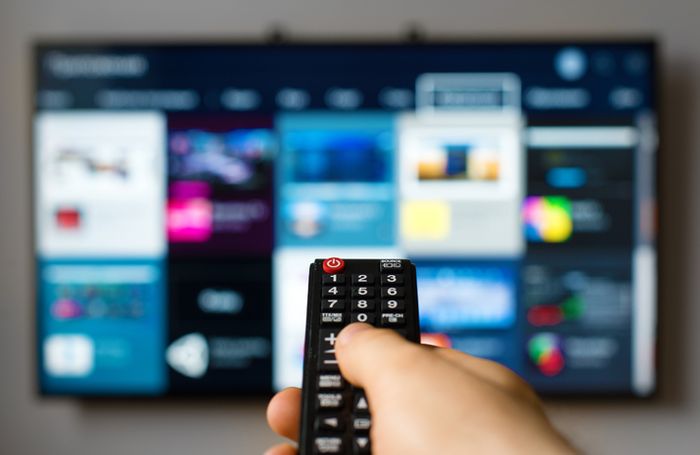
Buying a TV for your home theater is a considerable investment for most buyers. There are a lot of different brands with tons of varying specifications, further complicating the decision. One of the most important yet overlooked factor when choosing a TV, -curved or not- is the reflection. Screen reflection refers to the degree to which the screen of a TV will reflect light from other sources in the room.
Glossy screens produce richer images by offering more contrast and color. When there are other sources of light in the room however, reflections on a glossy screen are better defined and more noticeable. Glossy screens smudge faster and the smudges are easy to see.
Matte screens have their glass covered with a polarized coat. This enables them to deal with bright ambient light and glare better than glossy screens. The polarized coating however reduces contrast, the viewing angle and causes some little blurring.
Selecting a Glossy or Matte TV Screen
Selecting which TV screen to go with depends on several factors that will ultimately determine viewing quality. In a controlled environment and dark rooms, glossy screens are usually the best choice. This is because they offer a richer viewing experience and ambient light is not a big issue in such a case.
For rooms with bright ambient light, matte TV screens are a better choice. This makes them well-suited to office spaces where bright lights like fluorescent lighting are common. Matte screens are also perfect for rooms where ambient light varies significantly at different times. An example of this is a room that is sun-lit during the day. The anti-reflective property of matte TV screens in such a room makes up for any differences in picture quality.
4K Resolution TVs
The resolution on television screens continues to increase to provide the best clarity of picture for viewers. High definition TV or HD TV has meant 1920 x 1080 pixels for several years. Ultra-High Definition, also called 4K or UHD, is the latest improvement on this concept, yielding 3840 x 2160, which makes for a much sharper TV viewing experience.
